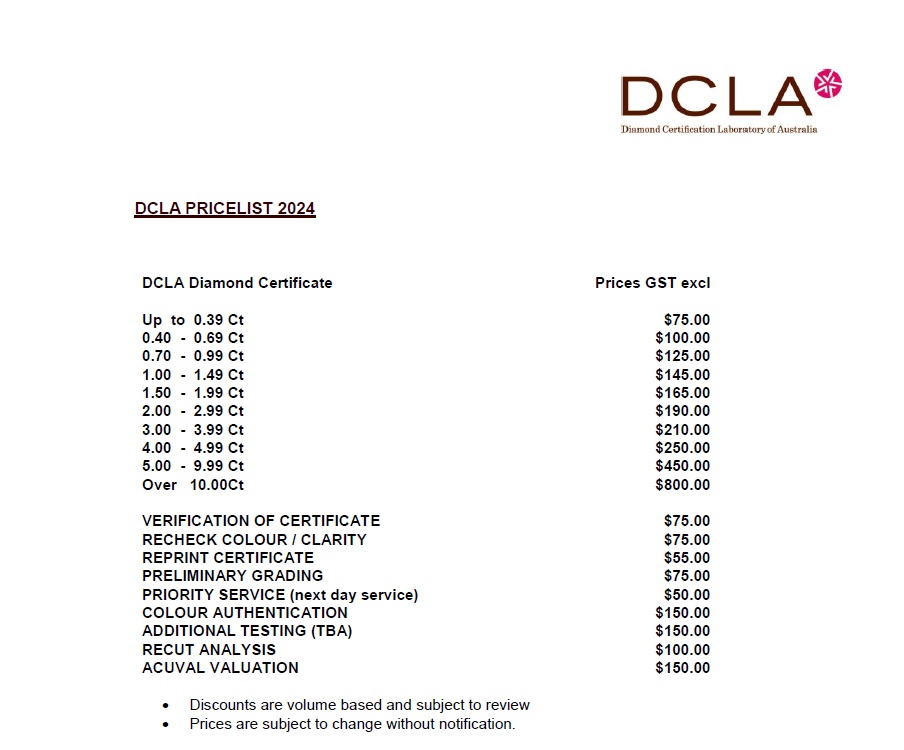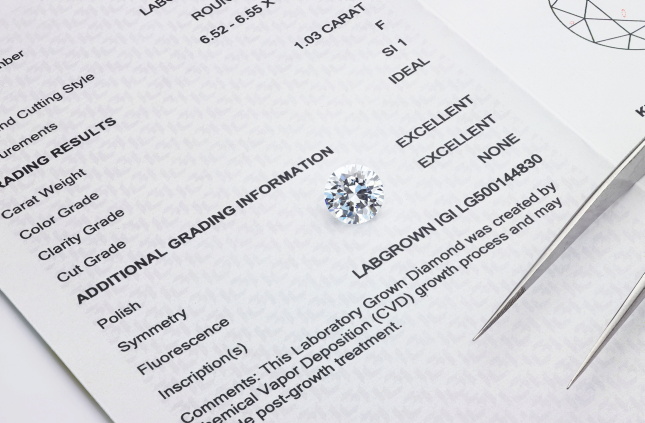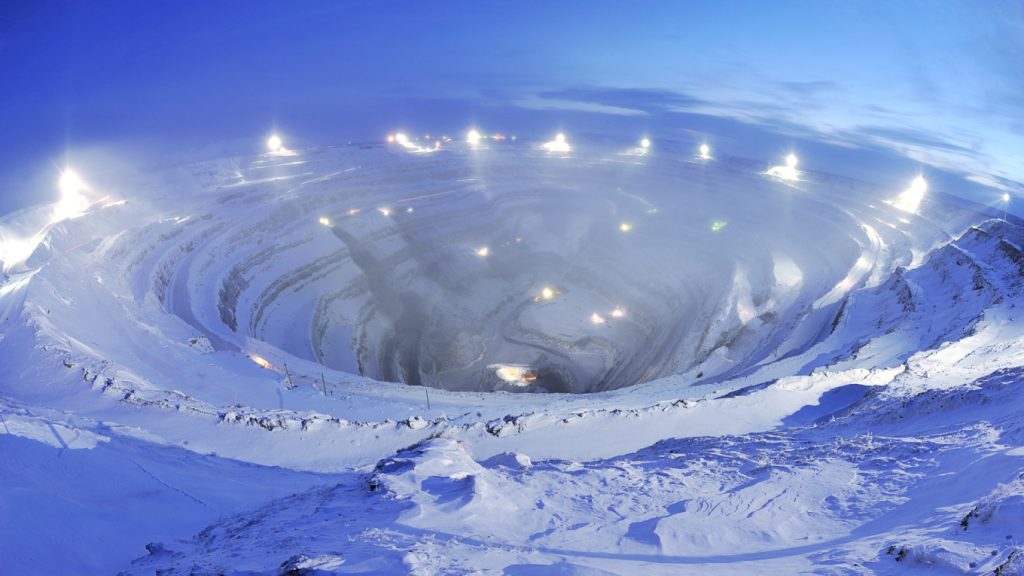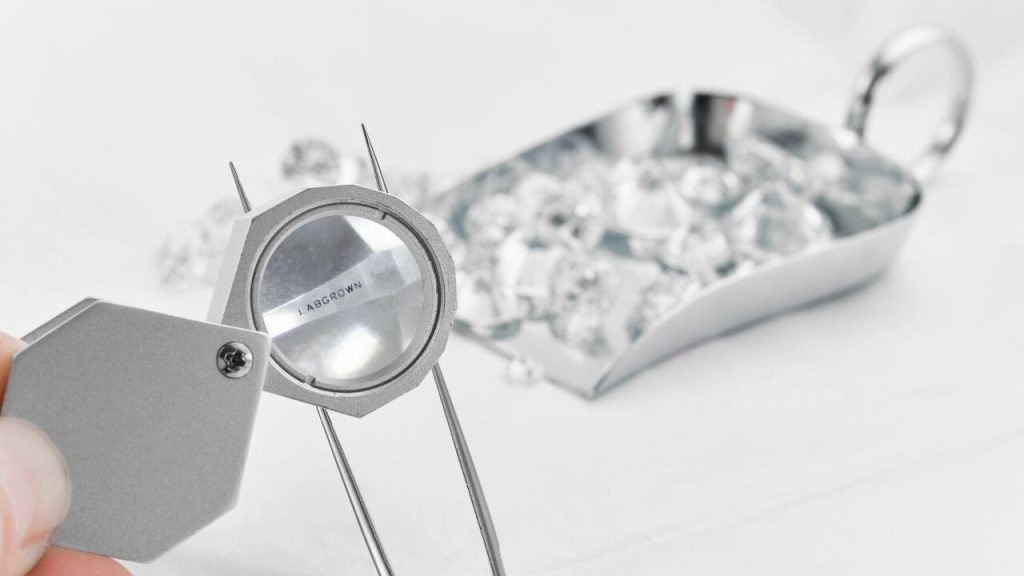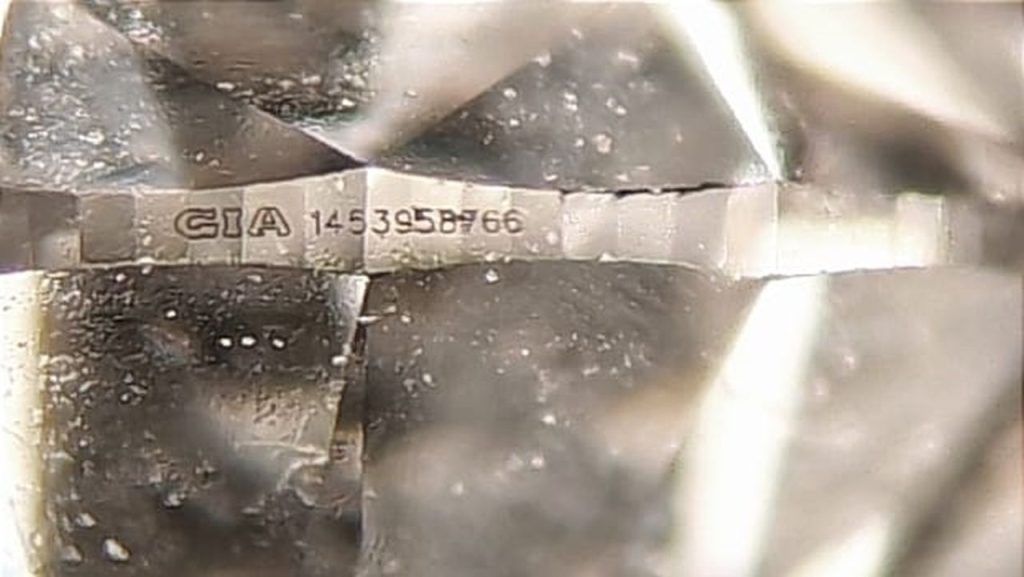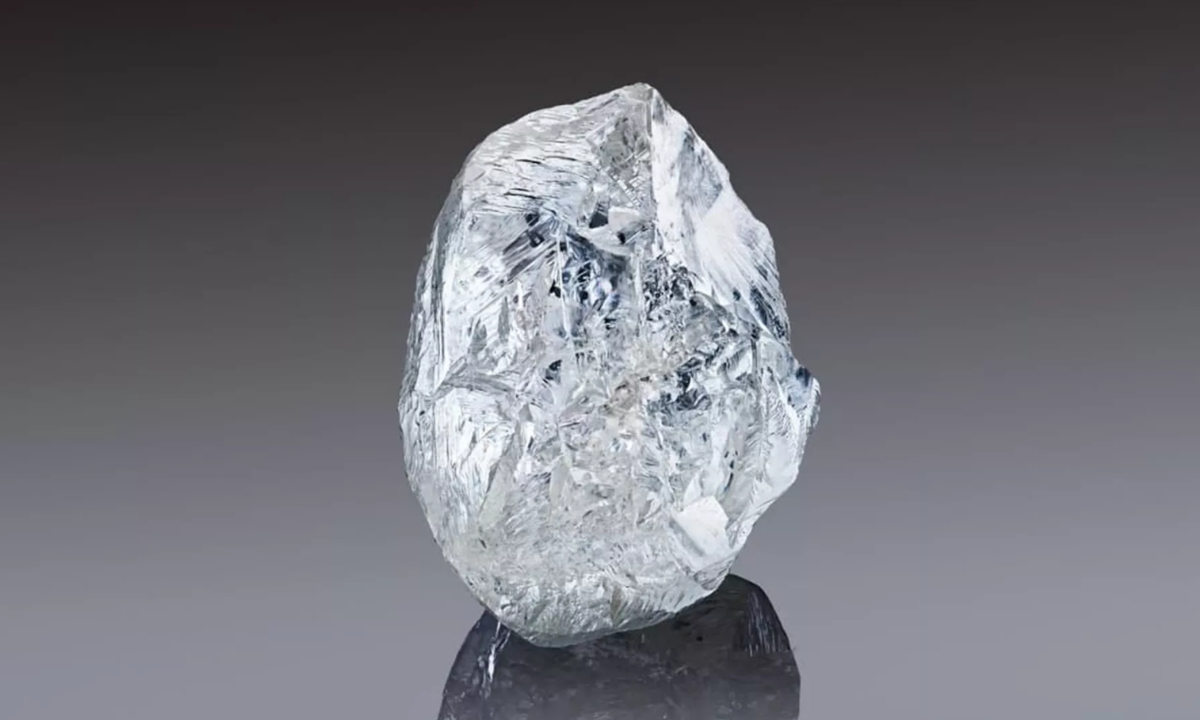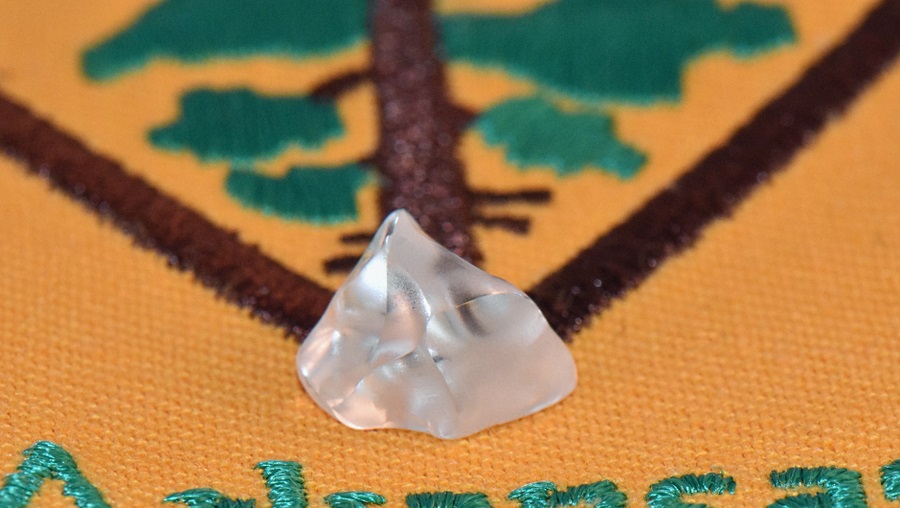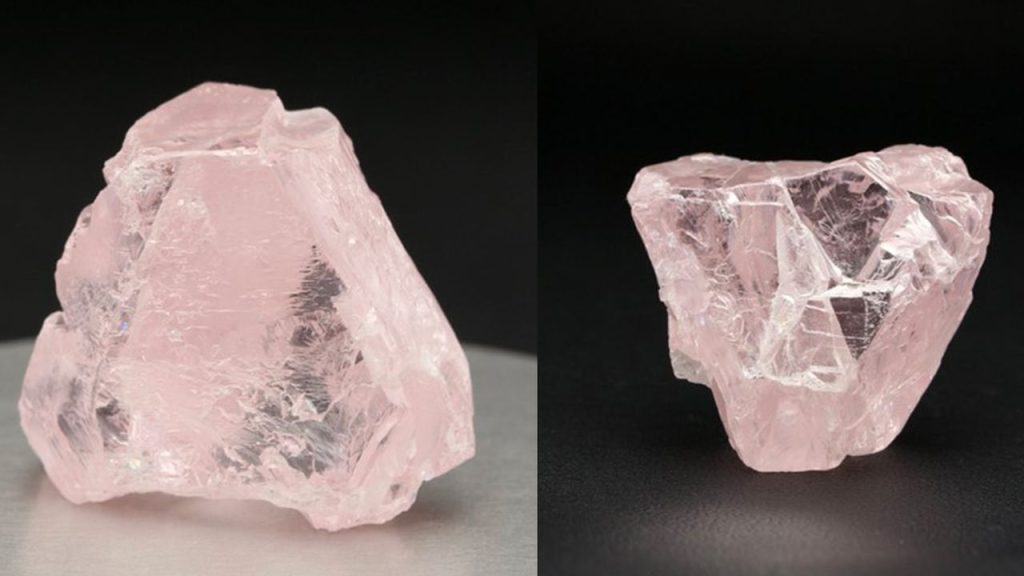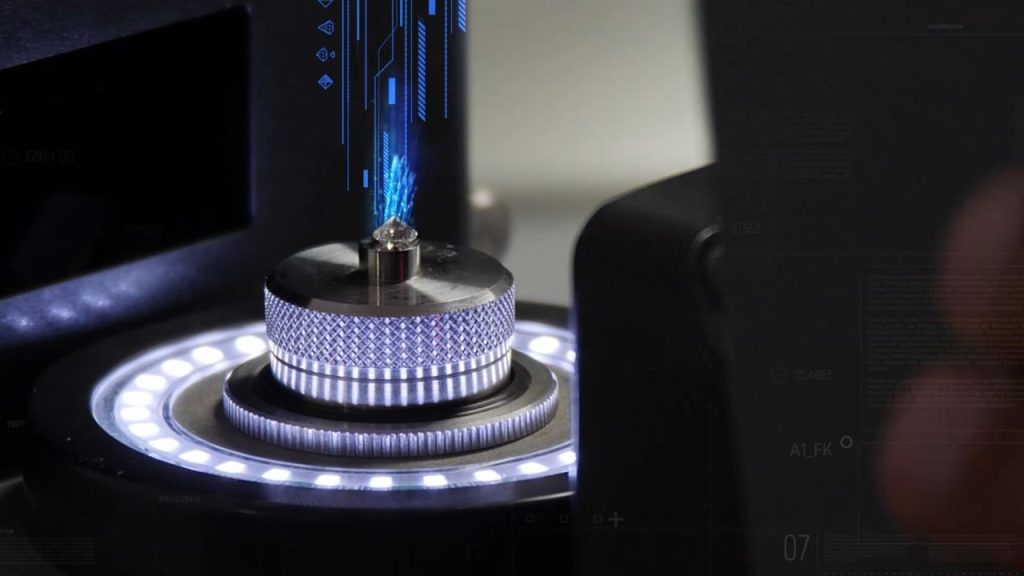
Sarine Technologies and Gem Certification & Assurance Lab (GCAL) will open a new grading lab in Surat, India, following their business combination last year.
The new location will operate under the GCAL by Sarine banner, benefiting from Sarine’s technological and local expertise as well as GCAL’s grading brand, Sarine said Monday. The merged entity — formed when Sarine acquired 70% of GCAL for $5.65 million in May — already has a grading lab in New York.
“We are delighted to expand our activities into India, and we believe the timing is opportune,” said GCAL president Angelo Palmieri.
Certification and other grading services in both the New York and Surat locations will follow the merged group’s quality standards, Sarine said. The certificates will carry GCAL’s guarantee — a distinctive feature of its grading reports.
“We are dedicated to leading the way into a new era of diamond certification — one that relies increasingly on technology,” said Sarine CEO David Block. “This approach ensures the highest level of grading while introducing unprecedented efficiency. I have full confidence in our partnership and our ability together to take the certification market to new levels of quality and service.”
Source: Diamonds.net

